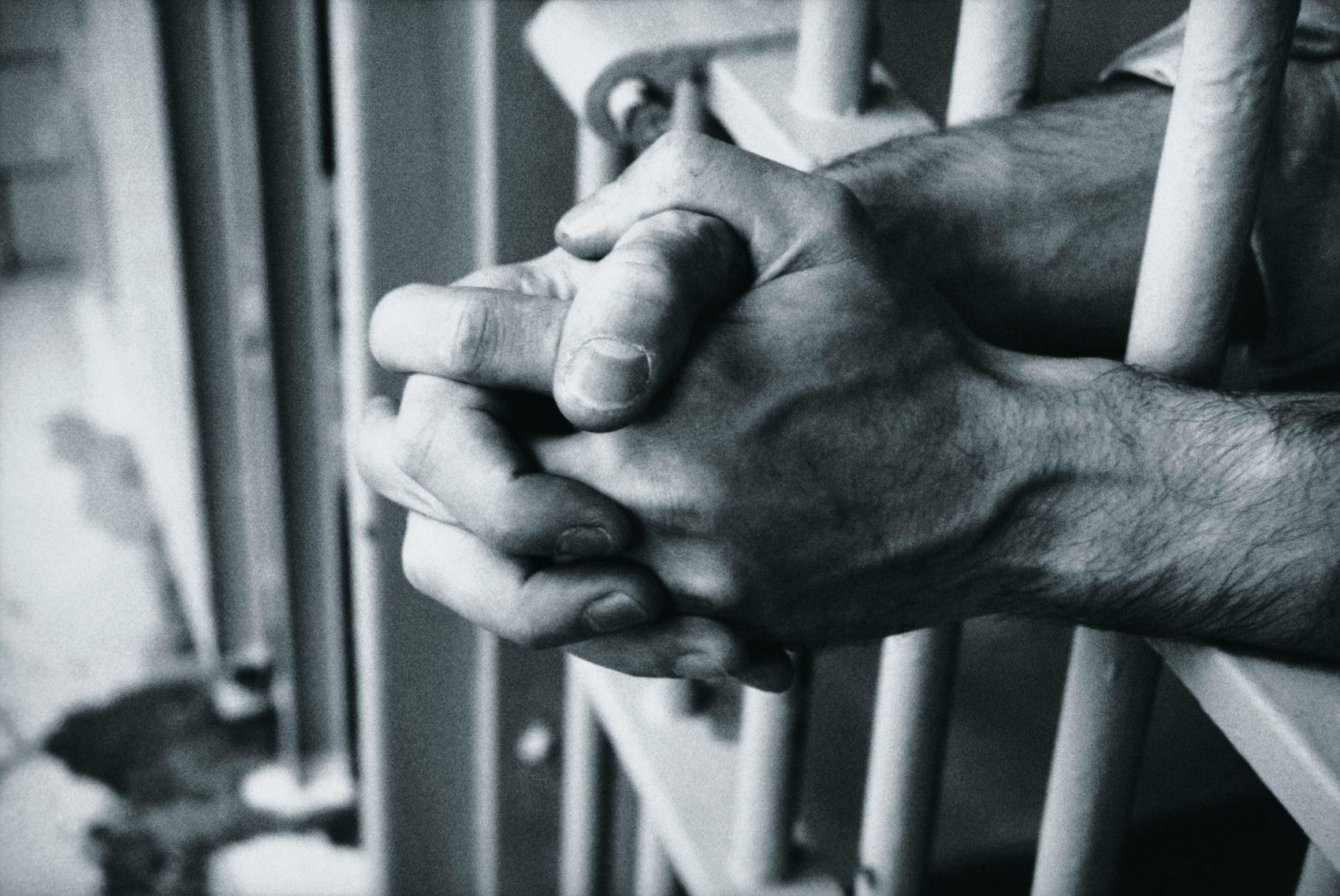Art Sentenced to Death at Guantanamo Bay

Last week, the Miami Herald reported that “after years of letting [Guantanamo Bay] captives own their artwork”—even allowing the detainees to gift or sell their artwork, or display it in exhibits like the one at John Jay College in New York—the Pentagon has now declared that the artwork is “U.S. property.” The article further reports that even upon release, the artists will no longer be permitted to take their work with them, and instead the work will be incinerated, posing the question “Who owns art? The state or the artist?”
Let’s explore that question through the lens of copyright.
In the United States, copyright protection vests automatically with the author of the work. In other words, the person (or entity) who creates the original, fixed expression owns the rights to that work unless or until they transfer those rights to someone else. One major exception to that rule lies with the federal government. Under federal law, (with a few exceptions, like stamps created by the USPS) works created by the U.S. government immediately fall into the public domain as copyright protection is unavailable for those works. So the only way for the U.S. government to acquire ownership of a copyrighted work is either by commissioning the work from an independent contractor, or via a transfer or assignment. Only certain kinds of commissioned works qualify to grant ownership in this way, and the types of artwork the detainees create likely would not. But even if they did, it would be a stretch to classify detainees creating artwork in their free time as independent contractors.
So, assuming that no transfer or assignment has taken place, to answer the question posed by the Miami Herald (and remember, this analysis is strictly through the lens of copyright law): the detainee artist is the lawful owner of the artwork.
International Obligations
To take things a step further, an interesting question, given the fact that the detainees at Guantanamo Bay are not U.S. citizens, is whether this move by the Pentagon conflicts with the United States’ obligations under the Berne Convention. The Berne Convention is an international agreement, to which the U.S. is a party, which stipulates international standards for copyright protection. Article 5(1) of Berne, which addresses “national treatment,” requires that parties to the agreement afford, at minimum, the same copyright protections to non-citizens as it does to its own citizens. So under Berne, the detainees must be afforded the same protections over their artwork as a similarly situated U.S. citizen would receive.
The Federal Bureau of Prisons, which is responsible for overseeing federal prisons throughout the U.S. (Guantanamo Bay is not a federal prison), places some restrictions on what inmates may do with the art they create, for example for safety or security reasons, and explains that the “hobbycraft” programs “are not for the mass production of art … by artists, or to provide a means of supplementing an inmates’ income.” However, inmates appear to be regarded as the owners of the work they create, and are permitted to sell their artwork and keep the funds, give it away to a visitor, or mail it off.
While there may be other laws or regulations that permit the federal government to claim ownership of the art produced at Guantanamo Bay, as far as copyright is concerned this is pretty open and shut: artists own the rights to the work they create, even in prison.
Photo Credit: Dick Luria/Photodisc/thinkstock

